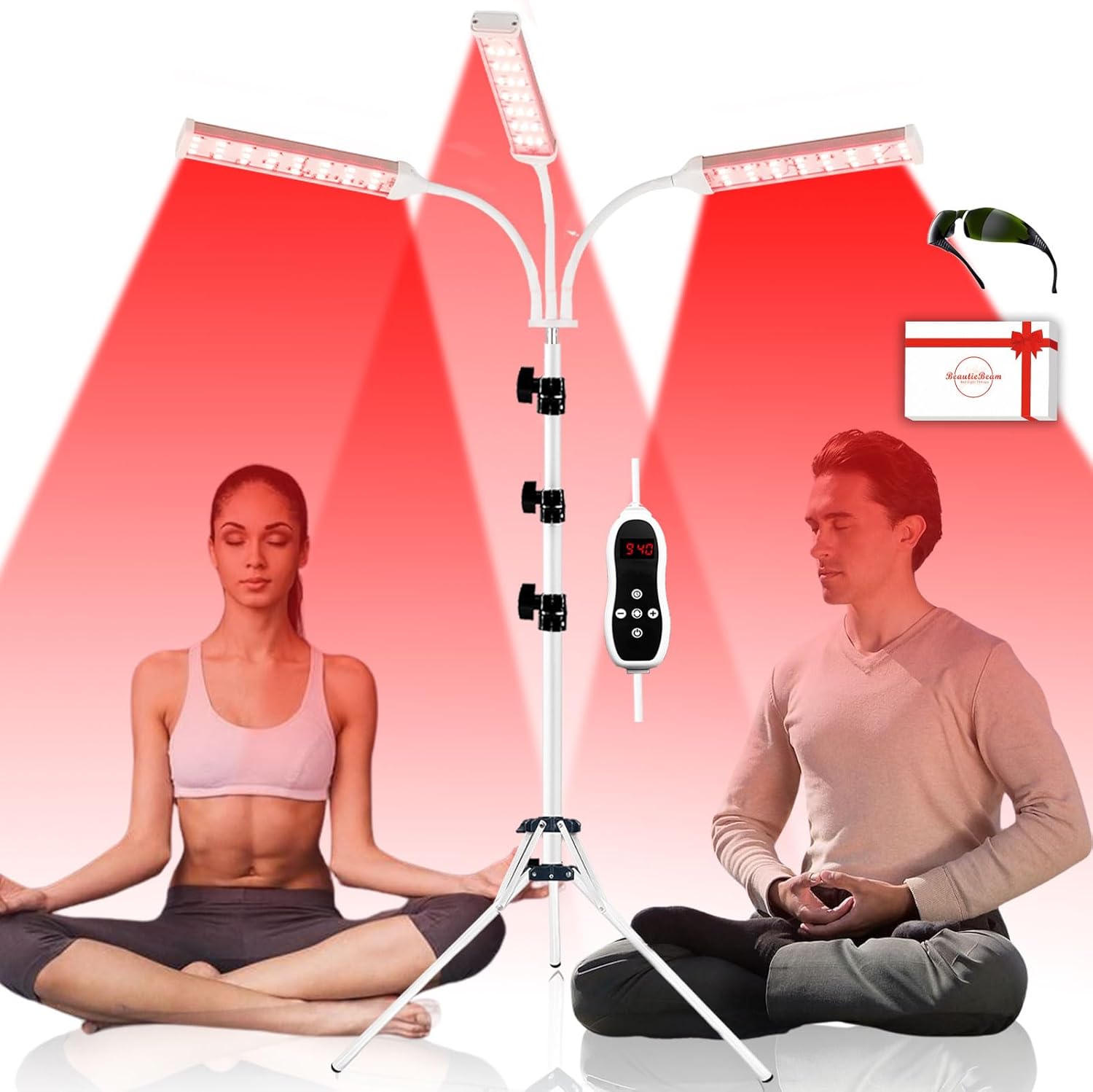As a meditation teacher, I’ve had the privilege to guide thousands of people in their meditation journeys. Over time, I’ve discovered some powerful yet simple tips that can drastically improve the quality of your meditation. Here are my favorite ways to enhance your practice. If you enjoy this, don’t forget to like, comment, and subscribe!
1. Body Language and Posture
Many people underestimate the importance of posture in meditation, but it’s vital. Research shows that good posture can improve mood and reduce stress (Halko et al., 2016). Simply sitting with a relaxed yet upright spine can instantly shift your energy, making it easier to focus and meditate. It’s no wonder meditation posture has been emphasized in meditation practices since the Buddha’s time (Shapiro, 2018).
2. Inner Tone of Voice
Our inner tone matters as much as our words. Speaking or thinking with a gentle tone creates a peaceful, compassionate state of mind. Research highlights the impact of self-talk on emotions (Mansell et al., 2015). During meditation, communicate kindly with yourself, whether in thought or aloud. This fosters self-love and strengthens your practice.
3. Explore Different Meditation Techniques
Meditation is rich and varied, with over 50 commonly practiced techniques. Each offers unique benefits: for example, Open Awareness enhances creativity, while Somatic Meditation helps release trauma. Here are a few to explore:
SomaticHo’oponoponoTonglenKarunaMantraSound Healing
Experimenting with these can deepen your practice. For guided sessions, check out my blog and YouTube channel.
4. Try the Last Technique You’re Thinking Of
The best technique for you might be the one you’re least inclined to try. We often stick to our comfort zones, choosing practices that align with our personalities. Breaking out of this pattern can lead to growth. I’ve taught business professionals to thrive with emotion-based methods like Metta and creatives to benefit from structured practices like Zazen.
5. Open Your Eyes Slowly
When your meditation ends, don’t rush to get up. A slow transition allows you to carry the peace and focus of meditation into your day. I advise my students to gradually open their eyes, counting down to make the shift gentle and intentional. This helps you preserve your meditative state.
6. Stop Trying to Clear Your Mind
A common misconception is that meditation means emptying your mind. But true meditation is about observing and understanding your mind, not forcing it to be blank. A clear mind is a natural result of meditation, not the goal (Kabat-Zinn, 1990). Focus on your technique, and let relaxation happen on its own.
7. Know When to Control Your Breath
There’s often confusion about whether to control your breath. My advice: use deliberate breathing to relax at the start, activating your parasympathetic nervous system. Once you’re calm, stop controlling your breath and let it flow naturally. This transition can deepen your meditation and help you let go.
These are my top tips from 20 years of meditation. I hope you find them valuable! For personalized guidance, consider booking a private meditation session with me.
References
Halko, A. M., Michalak, J., & Schubert, T. (2016). Effects of posture on mood: A systematic review. Journal of Psychosomatic Research, 88, 103-108.Kabat-Zinn, J. (1990). Full Catastrophe Living: Using the Wisdom of Your Body and Mind to Face Stress, Pain, and Illness. Delacorte Press.Mansell, W., Clark, D. M., Ehlers, A., & Hackmann, A. (2015). Memory and imagery in emotional disorders. The Cognitive Behavioral Therapist, 8(2), 1-15.Shapiro, D. (2018). The role of posture in meditation: A cross-cultural perspective. International Journal of Yoga, 11(1), 29-35.Walsh, R., & Shapiro, S. L. (2006). The meeting of meditative disciplines and western psychology: A mutually enriching dialogue. American Psychologist, 61(3), 227-239.







